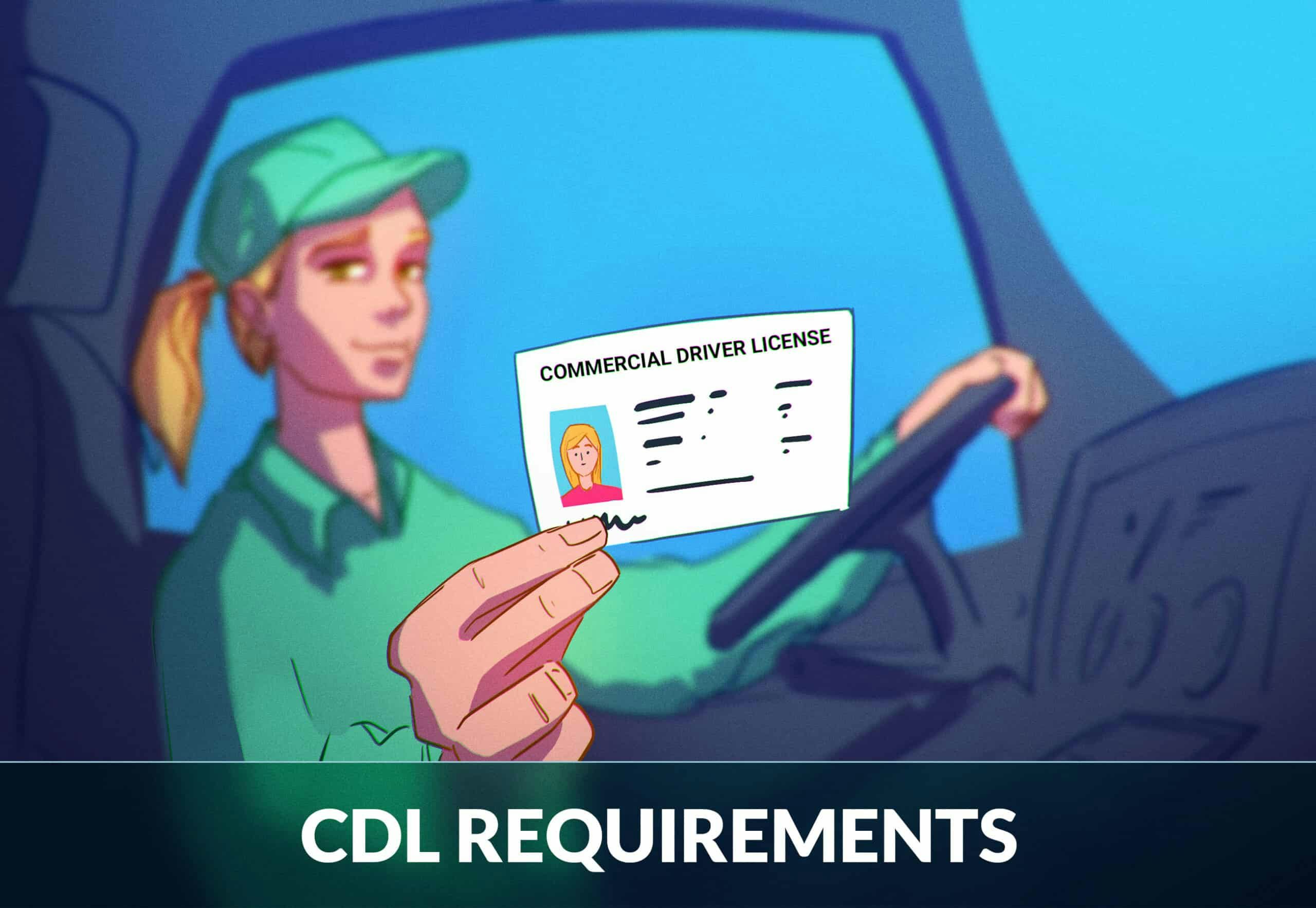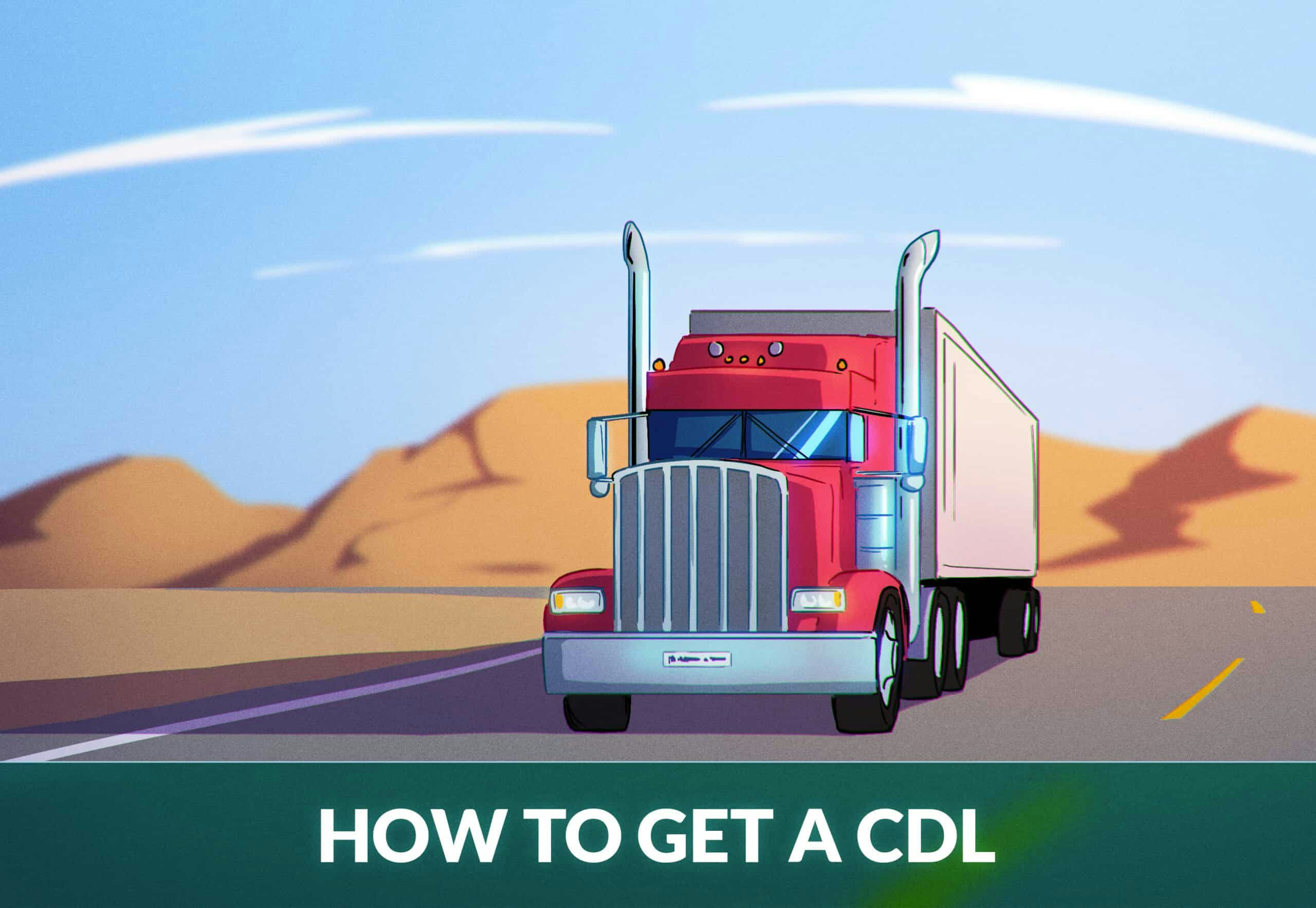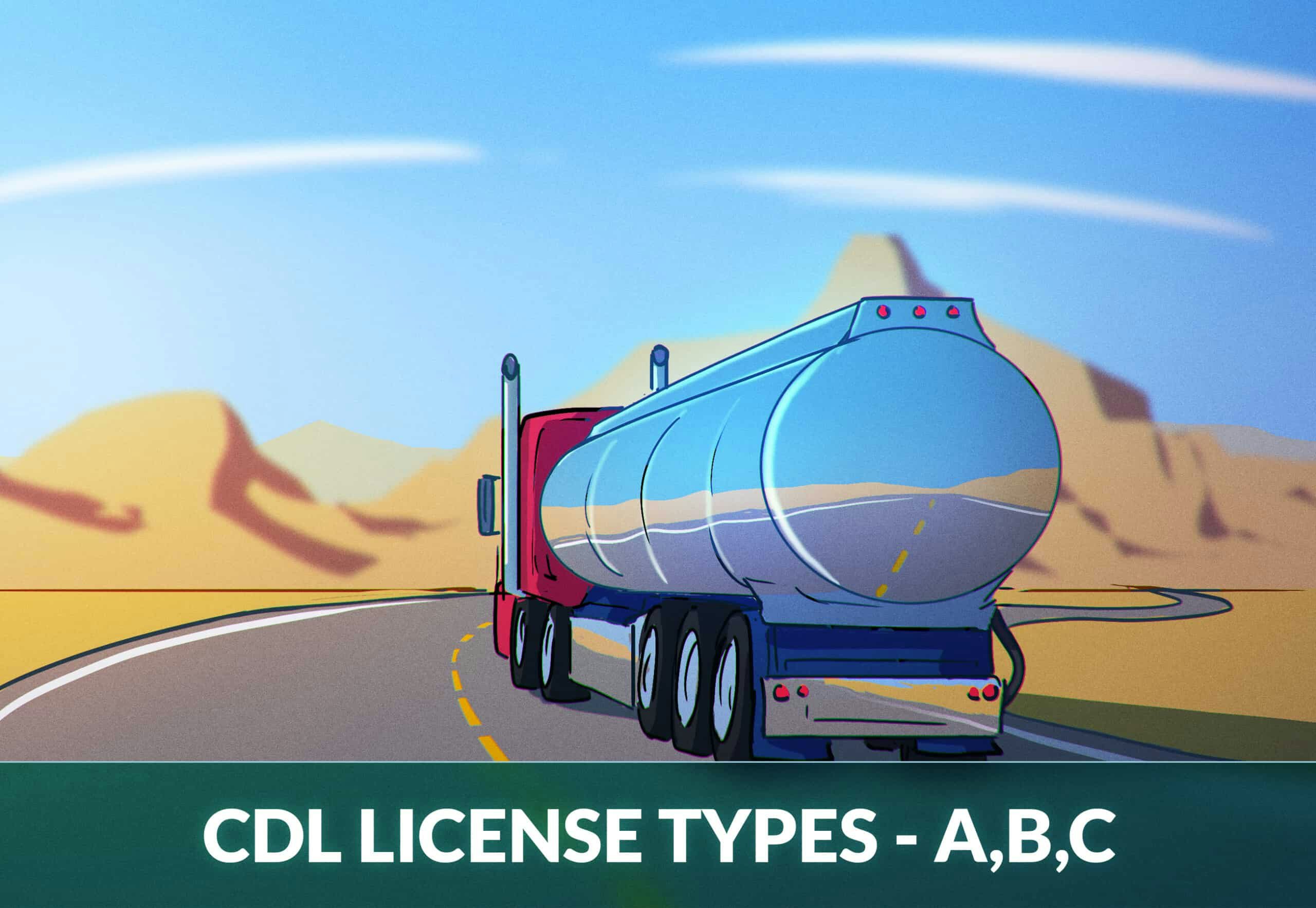
Types of CDL Licenses – Class A vs Class B vs Class C
A CDL can have 3 license classifications; Class A, B, or C. Each classification allows you to drive specific types of commercial motor vehicles (CMVs). Endorsements are also required if you, for example, want to transport certain goods (such as hazardous materials), drive combination vehicles, or carry passengers.
In this article, we’ll go through the difference between Class A, B, and C as well as how to get each license.
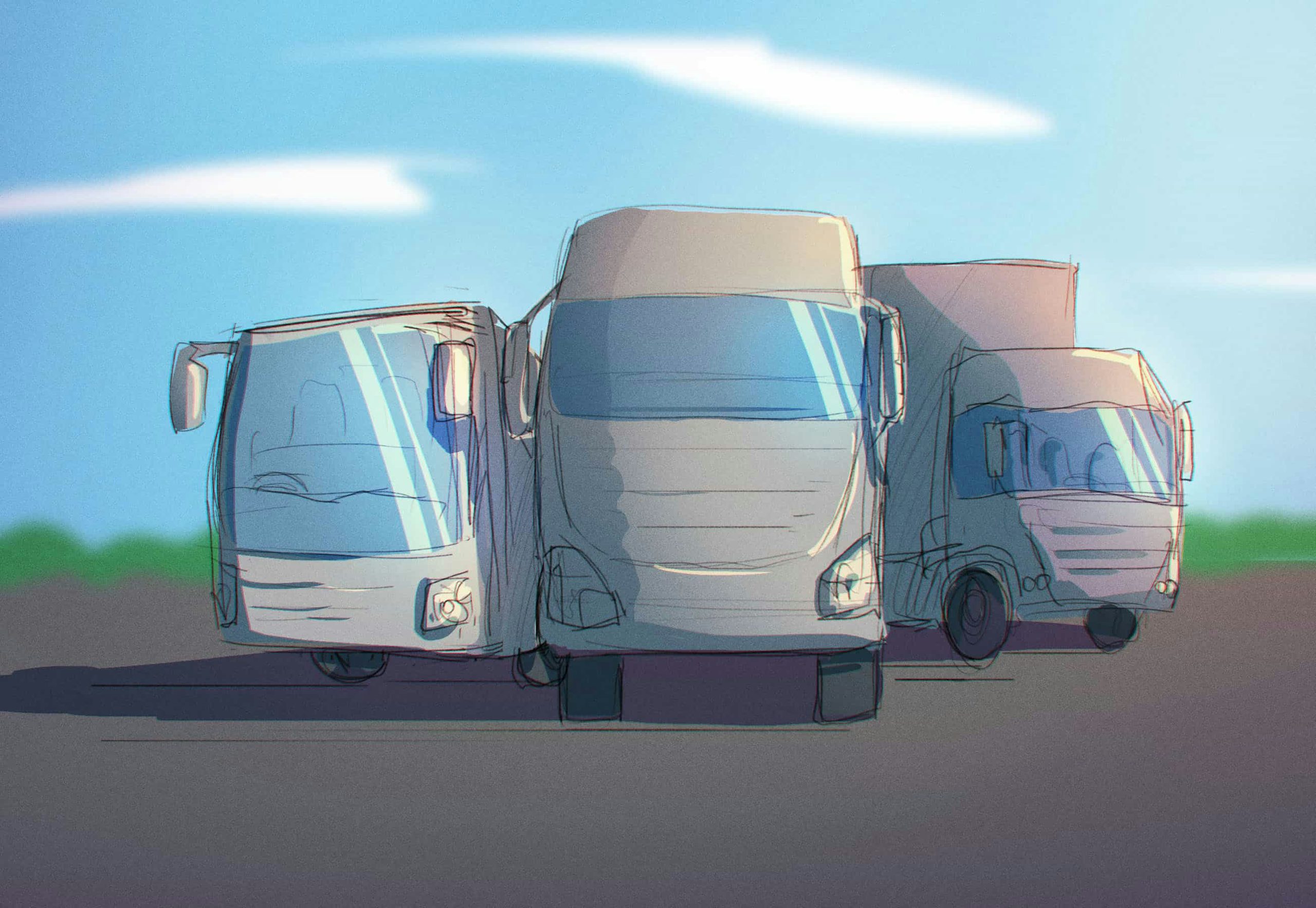
What is a Class A CDL?
The Class A License authorizes the holder to drive any combination of vehicles with a weight of at least 26,000 pounds, given that the GVWR of the towed vehicle is at least 10,000 pounds.
With the proper endorsements, you may drive the following vehicles with a Class A License:
- Tractor-trailers
- Truck-Trailer combinations
- Tank vehicles
- Flatbeds
- Carriers of livestock
How to Obtain a Class A License
If you are driving a commercial vehicle that has trailers or semi-trailers with two or more axles, you will most likely need a Class A CDL.
- Follow all the steps toward getting a CDL.
- Complete driver training from an FMCSA-approved provider.
- Pass the general CDL knowledge exam.
- Pass the road test using a Class A vehicle.
- Pass the recommended Class A endorsement exams.
Once you have passed the above-mentioned exams, congratulations! You’ll now have a Class A Commercial Driver’s License. However, keep in mind that you may need to take additional endorsement exams, such as the double-triple endorsement exam or air-brakes exam, depending on the type of vehicle you intend to drive.
For example; If your vehicle uses air brakes, you have to pass the air brakes endorsement test before you may drive it. Likewise, you need to take the double-triple endorsement exam to drive double and triple trailers.
What is a Class B CDL?
A Class B CDL authorizes the holder to drive any single vehicle with a GVWR over 26,000 pounds, given that the GVWR of any towed vehicle is under 10,000 pounds. The majority of the weight is on the single vehicle at the front.
With the proper endorsements, you may drive the following vehicles with a Class B License:
- Large passenger buses or segmented buses
- Refuse trucks with or without small trailers
- Tractor-trailers
- Straight trucks
- Box trucks
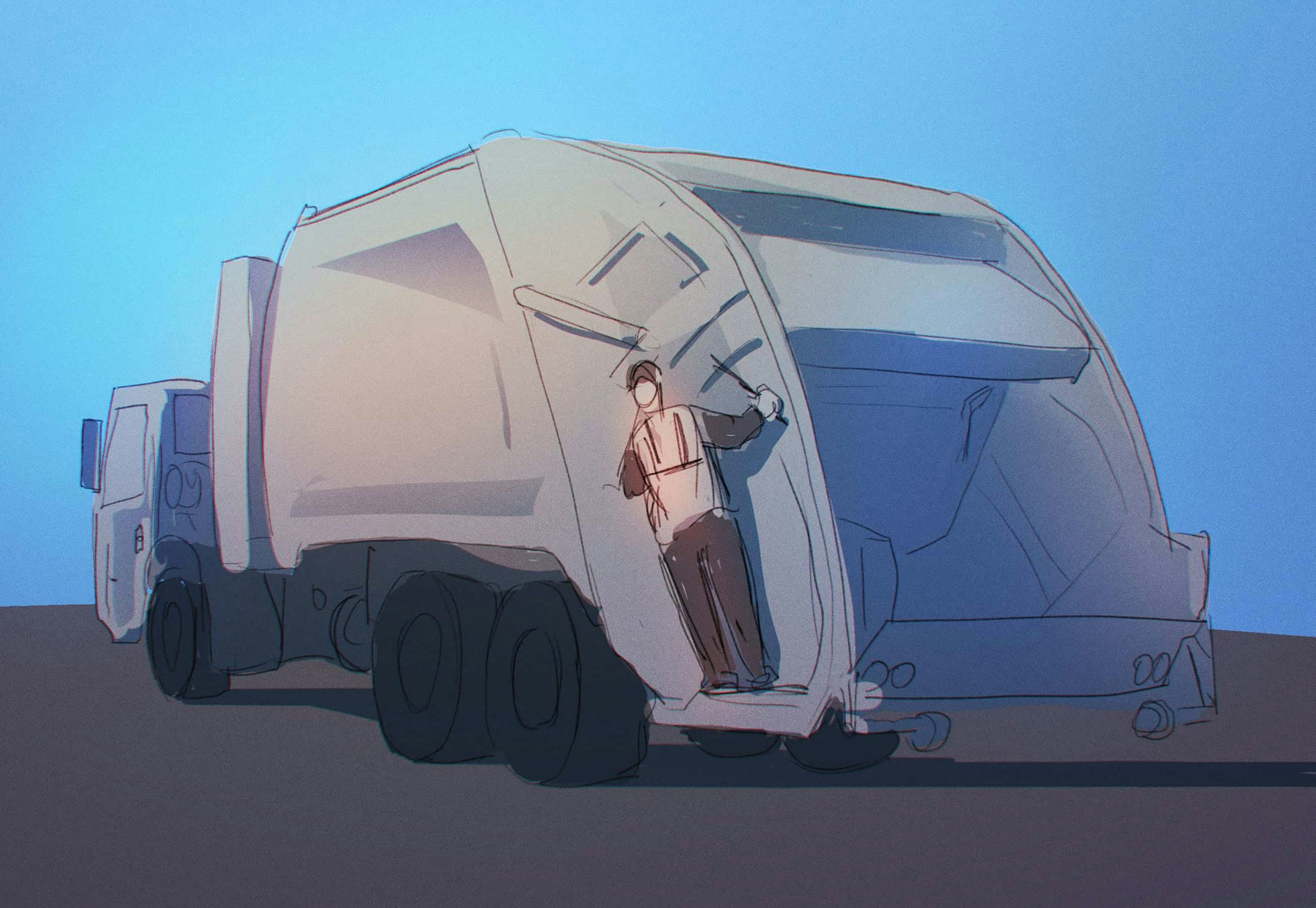
How to Get a Class B License
- Follow all the steps toward getting a CDL.
- Complete driver training from an FMCSA-approved provider.
- Pass the general CDL knowledge exam.
- Pass the road test using a Class B vehicle.
- Pass the recommended Class B endorsement exams.
As the Class B CDL is mainly focused on a single vehicle, you won’t have to get endorsements for a combination vehicle or double-triple trailer.
However, most Class B vehicles use air brakes due to their superior effectiveness for heavy vehicles which means you will likely have to get the air brakes endorsement in addition to the recommended Class B endorsements.
What is a Class C CDL?
A Class C CDL is the last license class and it covers the rest, i.e. what Class A and B do not. It authorizes the holder to drive any single vehicle with a GVWR of less than 26,000 pounds, given that the towed vehicle has a GVWR of less than 10,000 pounds. This license class is also used to drive vehicles transporting 16 or more persons (school buses, passenger vans, etc.), or to transport hazardous materials (hazmats).
With the proper endorsements, you may drive the following vehicles with a Class C License:
- School buses & other passenger vans
- Hazmat vehicles under a certain size
- Combination vehicles that do not fall under Class A or B
How to Obtain a Class C License
- Follow all the steps toward getting a CDL.
- Pass the general CDL knowledge exam.
- Pass the CDL road test using a Class C vehicle.
- Pass the recommended Class C endorsement exams.
The process of getting a Class C CDL, and determining which endorsements are necessary, varies depending on the type of vehicle you will drive. A school bus is, for example, vastly different from a truck transporting hazardous materials and will require different endorsements.

What Endorsements Do I Need?
Endorsements grant the authority to operate a number of different types of vehicles. With just a CDL, you are limited to operating the vehicles within your license class that do not require any additional endorsements. To be able to drive more types of vehicles and transport a greater variety of goods, you need to earn certain endorsements.
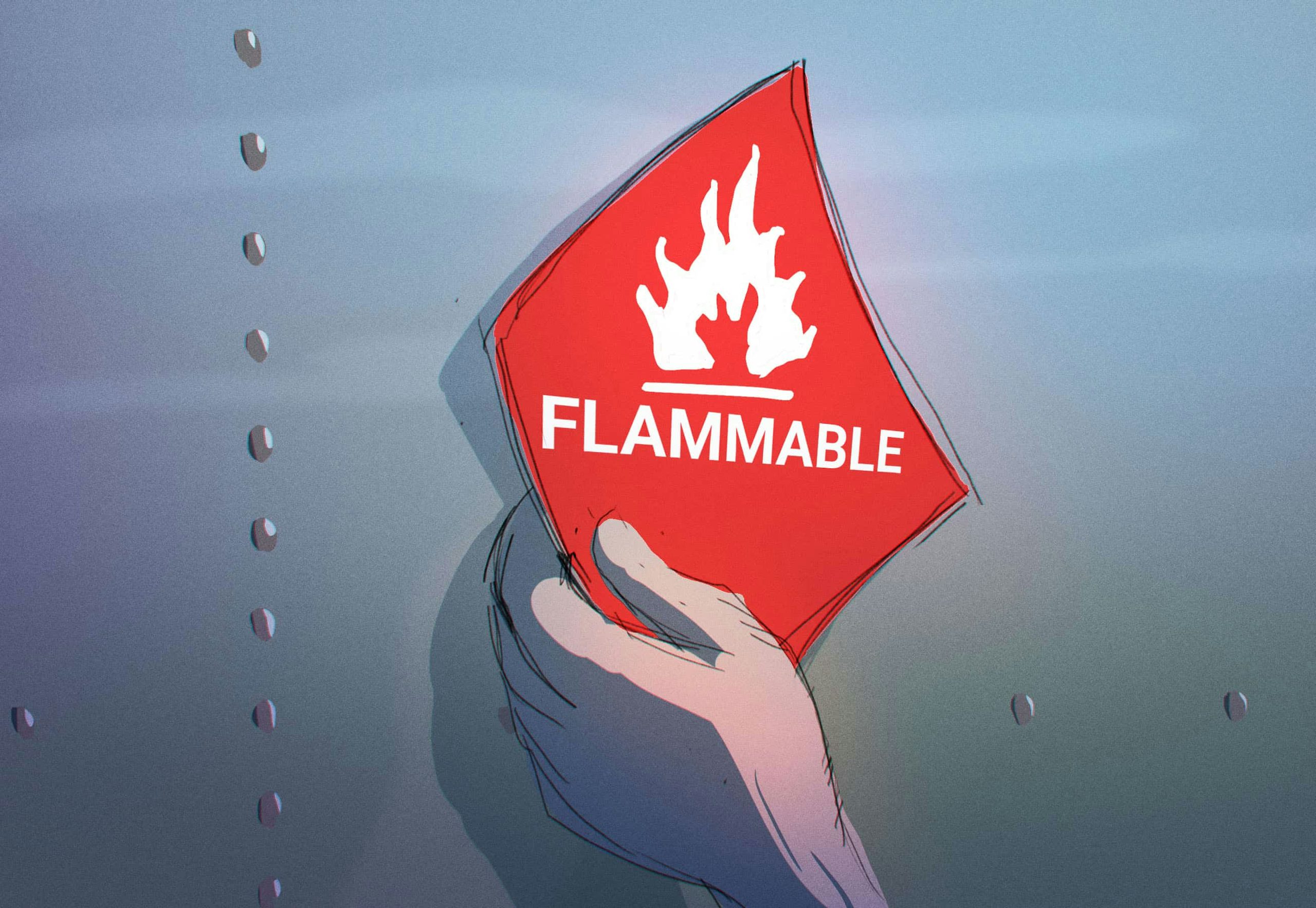
You can think of your CDL as having a number of restrictions from the get-go. For each endorsement you earn, you will lift a specific restriction (for example; driving with air brakes, transporting hazardous materials, or operating a tank vehicle). All endorsements require the CDL holder to take a specialized knowledge test. Most endorsements also require a specialized road skills test.
All CDL Endorsements
In this section, we’ll go through all the different CDL endorsements, including what’s required to apply and what to do to obtain them. You’ll need to complete training from an FMCSA-approved theory provider to get an H, P, or S endorsement.
T Endorsement
A T endorsement is required to tow double or triple trailers. To get this endorsement you need to pass a written knowledge test.
P Endorsement
A P endorsement is required to operate a vehicle with seats for 16 or more passengers, including the driver. To apply you must have an acceptable driving record up until this point (for example; no DWI, reckless driving, speeding, or other serious offenses on record). To get this endorsement you need to pass a written knowledge test and a road skills test.
H Endorsement
An H endorsement is required to operate a vehicle transporting placarded hazardous materials (hazmats). To apply you must be a U.S. citizen, be a permanent resident, or have a valid Employment Authorization Document. To get this endorsement you need to pass a written knowledge test.
N Endorsement
An N endorsement is required to operate a tank vehicle, i..e a vehicle transporting liquids or gases in a tank. To get this endorsement you need to pass a written knowledge test.
S Endorsement
An S endorsement is required to operate a school bus, but to apply you first have to get a P endorsement. You may lose your S endorsement privilege if you commit driving offenses like speeding or passing on the wrong side of the road. To get this endorsement you need to pass a written knowledge test and a road skills test. Your state will also do a background check on you before the endorsement is issued.
X Endorsement
An X endorsement is a combination endorsement for H and N, i.e. it allows you to transport hazardous materials via a tank. To apply you must fulfill the requirements set on H and N endorsements. To get this endorsement you need to pass a written knowledge test.
CDL Restrictions
Your CDL comes with many different types of restrictions. Each restriction prohibits the operation of certain CMVs. These restrictions are generally the same for all U.S. states, but depending on where you live there may be additional restrictions.
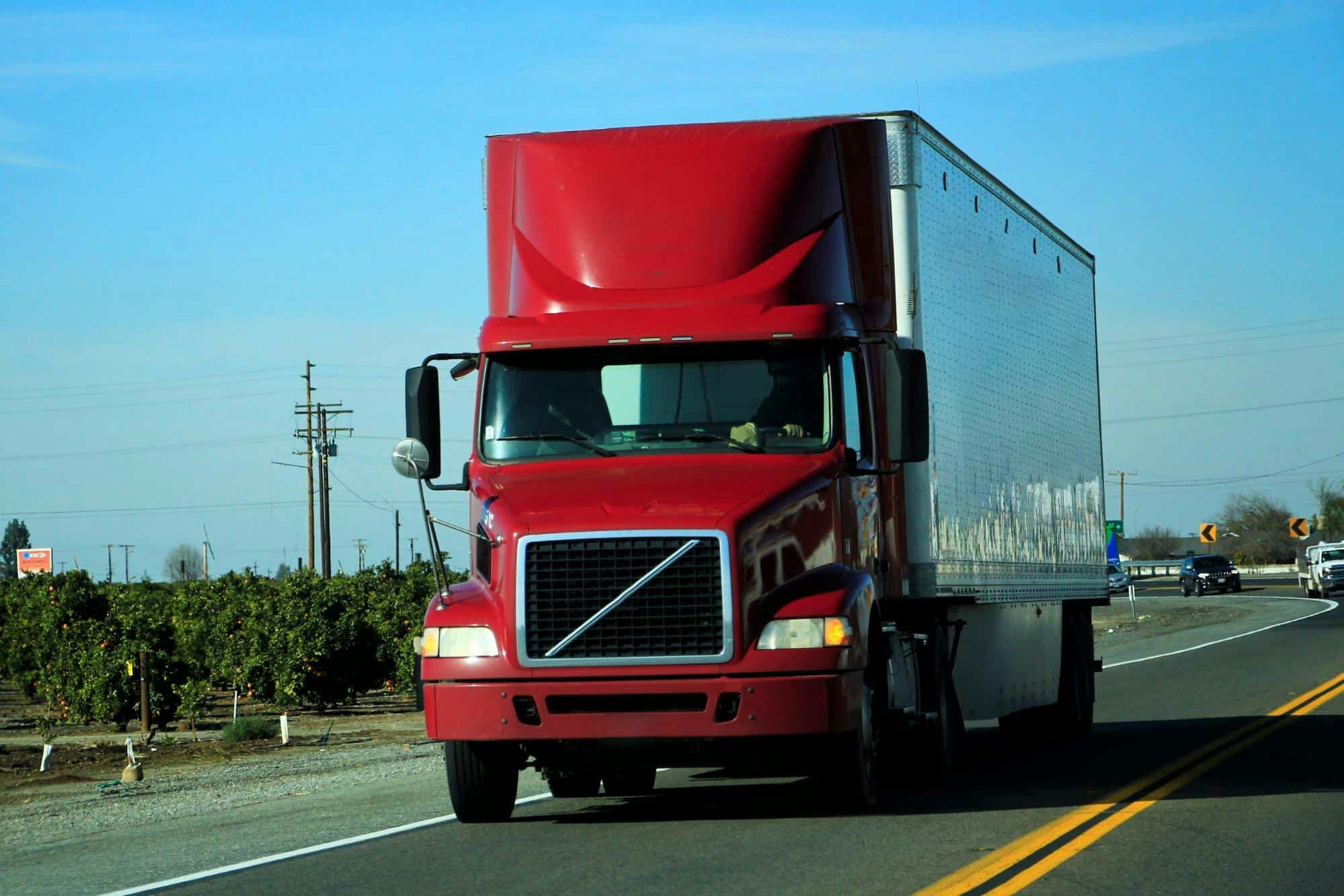
Most of the restrictions below will be put on your CDL because you completed the CDL road skills test using a vehicle lacking the proper equipment. For example; If you complete the driving test with a CMV that has an automatic transmission, you will receive an E restriction that prohibits you from operating a CMV with a manual transmission.
E Restriction
An E restriction prohibits the driver from operating a CMV with a manual transmission. In other words, the driver must only drive a CMV with an automatic transmission.
F Restriction
An F restriction indicates the driver may only operate CMVs with dual outside mirrors. It’s placed on a driver who is physically unable to move his/her head, who is legally blind in one eye, or who has impaired hearing. The dual outside mirrors will help by showing a larger area around the vehicle.
G Restriction
A G restriction means the driver may only operate the CMV during daylight. The G restriction is placed on drivers with poor vision upon a physician’s recommendation, generally a visual acuity of less than 50/50 in both eyes.
K Restriction
A K restriction is used by certain states when the applicant is under the age of 21. It indicates the holder is only permitted to drive intrastate, i.e. must not drive interstate. This restriction should be lifted when the CDL holder turns 21.
L Restriction
An L restriction is similar to the Z restriction in that they both prohibit the driver from operating CMVs equipped with full air brakes. The L restriction will be issued if you make an error while you check the air brake system during the road skills test, if you can’t properly identify the air brake system components, or if you fail the air brakes knowledge test.
M Restriction
An M restriction indicates that the driver may only operate Class B and C school buses or passenger vehicles. Its placed on a driver that obtains the passenger/school bus endorsement using a Class B vehicle.
N Restriction
An N restriction indicates that the driver may only operate Class C school buses or passenger vehicles. Its placed on a driver that obtains the passenger/school bus endorsement using a Class C vehicle.
O Restriction
An O restriction restricts the driver from driving a CMV with a fifth-wheel connection. The O restriction will be issued to drivers who complete the CDL road skills test using a CMV without a fifth-wheel connection or pintle hook.
V Restriction
A V restriction is issued to drivers with a medical variance as reported by FMCSA, such as vision or hearing impairment, seizure, or diabetes. If you have a medical variance that is not mentioned on your current driver’s license, you must visit the local DMV office with a copy of your Medical Examiner’s Certificate to amend your CDL.
X Restriction
An X restriction is issued only to Commercial Learner’s Permit holders. It means the tank vehicle must be empty and the tank must be purged.
Z Restriction
A Z restriction prohibits the driver from operating CMVs equipped with full air brakes. Most CMVs are equipped with air brakes due to their increased braking efficiency, but you may still get this restriction if you pass the CDL road skills test with a CMV that has a hydraulic brake system (and not an air brake system).
B Restriction
A B restriction is very common for those with less-than-adequate vision. It means the driver must use corrective lenses or glasses when operating a CMV.
P Restriction
A P restriction is issued only to Commercial Learner’s Permit holders. It means ‘no passengers other than the driving instructor or other authorized persons (test examiner or other trainees).
That’s It!
Those are all of the license classes, restrictions, and endorsements in the United States. If you’re looking to obtain your license, we can help you prepare for your CDL test and endorsement exams with our popular prep courses. We cover everything you need to know to get your license quickly and stay safe on the roads afterward.

550+ exam-like questions
All you need to ace your test
Perfect for first-timers, renewals and senior citizens
Recommended articles
Country
Ace your DMV test, guaranteed
